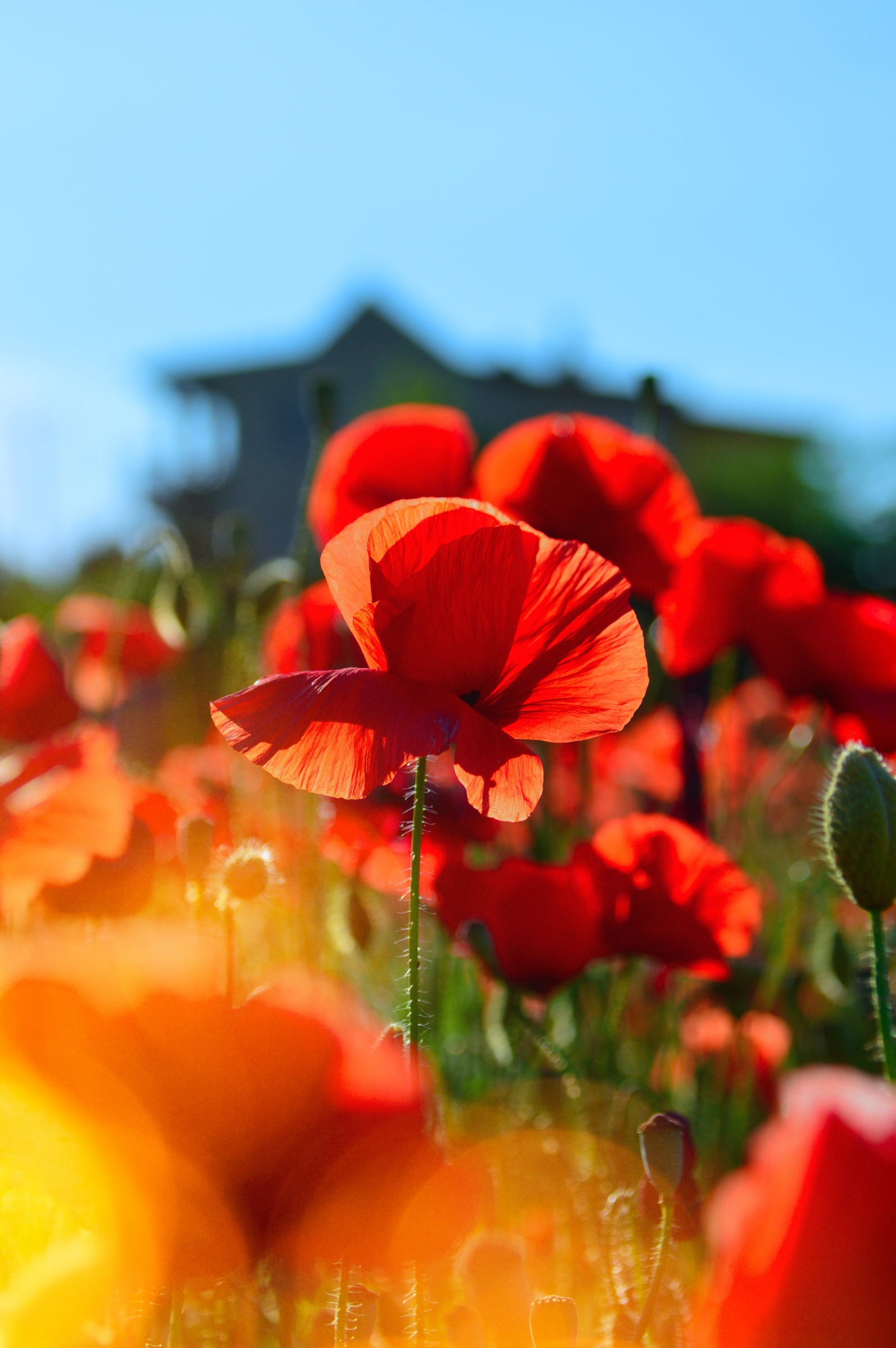The delicate yet hardy love in the mist flower has captured people’s imaginations for centuries with its evocative common name and distinctive appearance But what exactly does this ephemeral bloom represent? Let’s unravel the captivating meaning behind the love in the mist flower
An Overview of the Love in the Mist Flower
The love in the mist flower, also known as nigella or devil in the bush, belongs to the Ranunculaceae family. Its scientific name is Nigella damascena. This annual flower is native to Southern Europe, Southwest Asia, and North Africa, and has also become naturalized in Northern Europe.
The lacy, fern-like foliage reaches 8-20 inches in height and elegantly cradles the bloom. Each flower has 5-25 petals in hues of blue, pink, purple, or white. After the petals fall away, the plant develops an intriguing inflated seed pod with integrated follicles. Love in the mist happily self-seeds and often returns to the same spots year after year.
The Origins of Its Mystical Name
The love in the mist flower gets its common name from its appearance – the delicate blooms seem to emerge from a misty, feathered ring of foliage. But it has gone by many other names through the centuries:
- Devil in the bush
- Jack in prison
- St. Catherine’s flower
- Fennel flower
- Love in a puzzle
- Gith
- Nigella
In the Victorian era, flowers were used to send coded messages called floriography Love in the mist represented “perplexity” or “you puzzle me,” reflecting its veiled, enigmatic form
Symbolic Meanings Across Cultures
Over the ages, the love in the mist flower has accrued many meanings across cultures:
-
In Christianity, it became associated with St. Catherine and her martyrdom by torture wheel. The foliage evokes her sacrifice.
-
In North Africa, its deceptive good looks earned it the name “devil in the bush.” The spikes hidden within the bloom were thought to mimic an enticing but dangerous demon.
-
An archaic Asian name translates to “bride with hair down,” referring to how young women wore their hair loose to represent purity.
-
In floriography, it signifies being open to love. Offering someone love in the mist means “kiss me.”
-
Its white blooms connote pure, divine love in folklore. The alchemists of the Middle Ages considered it an ingredient in magical elixirs.
-
Blue love in the mist represents stability and peace. It is often included in funeral wreaths to symbolize restful love.
-
Pale purple evokes the duality of royal bloodlines, which can wield great power for good or evil.
The Significance of Its Color Variations
Love in the mist blooms in a palette of pastel hues, each carrying distinctive meanings:
White purity, innocence, magic
Pink deceptive, eternal love
Blue peaceful, steadfast love; freedom and inspiration
Purple royalty, sacrifice, duality
The Hidden Meaning in Its Scientific Name
The genus name “Nigella” comes from the Latin word for black, referring to its dark seeds. These seeds have a complex symbolic meaning of their own:
-
In Islamic texts, the seeds are described as curing “everything except death.” This positions love in the mist as a plant of medicinal power.
-
But the seeds also contain a compound that can be toxic in large doses, reflecting the fine line between remedy and poison. Their black color evokes this duality.
So love in the mist contains many layers of meaning within its delicate petals. Perplexing yet captivating, deceptive yet pure, it reflects the complexity and contradictions inherent to love itself. This makes it the perfect bloom to give to your beloved to convey love’s magical mystery.

Latest from Wisconsin Yard & Garden




Ask Your Gardening Question
If you’re unable to find the information you need, please submit your gardening question here:
Facts about Love In a Mist Flowers
FAQ
What does the love in the mist flower symbolize?
Old fashioned flowers were often combined in tussie-mussies to send messages to loved ones, or those suffering ill health. And in this language of flowers, a love-in-the-mist flower means perplexity, you puzzle me, openness to love and kiss me. It feels like a pretty confusing language at times.
What does love-in-a-mist mean spiritually?
Love-in-a-Mist flower essence surrounds the sensitive soul with courage and heart strength. Encouraging self acceptance, the essence also works to energetically prepare you for the responsibilities that come with abilities.
Why is it called love-in-a-mist?
With its wispy, lace-like foliage, this wildflower helps give Nigella damascena its romantic name – Love in a Mist. The name was earned because the lovely blooms appear to be nestled into a surrounding bed of feathery, misty foliage.
What are the benefits of love-in-a-mist flower?
Not only are Love in a Mist plants visually appealing, they also have a long history of medicinal use. The seeds are believed to have anti-inflammatory and analgesic properties, and have been used for centuries to treat various ailments.
What is a love in a mist?
Love-in-a-mist, also known as the nigella or devil in the bush, is a flower of the Ranunculaceae family. It blooms annually. Etymologically, this flower is known to botanists as Nigella Damascena. Herein, Damascena refers to the Syrian capital Damascus. The flower is native to three continents, i.e., Europe, Africa & Asia.
What does a mist flower symbolize?
It also represents protection and security in relationships, reassuring partners. The flower’s mystery and intrigue add a sense of excitement. Love in a Mist flower, also known as Nigella damascena, has a rich historical and cultural significance throughout various ancient folklores.
Why are love in a mist flowers important?
Love in a Mist flowers have a rich historical significance that dates back centuries. They have been cultivated and appreciated for their beauty and symbolism in various cultures throughout history. In Medieval Europe, Love in a Mist flowers were often associated with Virgin Mary and were commonly used in religious ceremonies and festivals.
What is exotic love in a mist?
Exotic love-in-a-mist is a captivating flower, known for its unique appearance and delicate blooms. With its intricate petals and feathery foliage, this flower adds charm to any garden or floral arrangement. Its vibrant colors and distinct shape make it a popular choice among flower enthusiasts.
What does a Blue Love in a mist flower mean?
This flower is often used in bouquets that symbolize peace. While modern wreaths at funerals have white flowers, the blue love-in-a-mist (nigella) flower may also be included for loving peace. The blue color of this flower also represents freedom and inspiration. It is very traditional and conservative.
What do love in mist flowers look like?
Love in Mist blooms are characterized by their intricate and delicate nature. The flowers are small, measuring only about 1 inch in diameter, and are composed of five petals that form a cup shape. These petals come in a range of colors, including shades of blue, pink, purple, and white.
